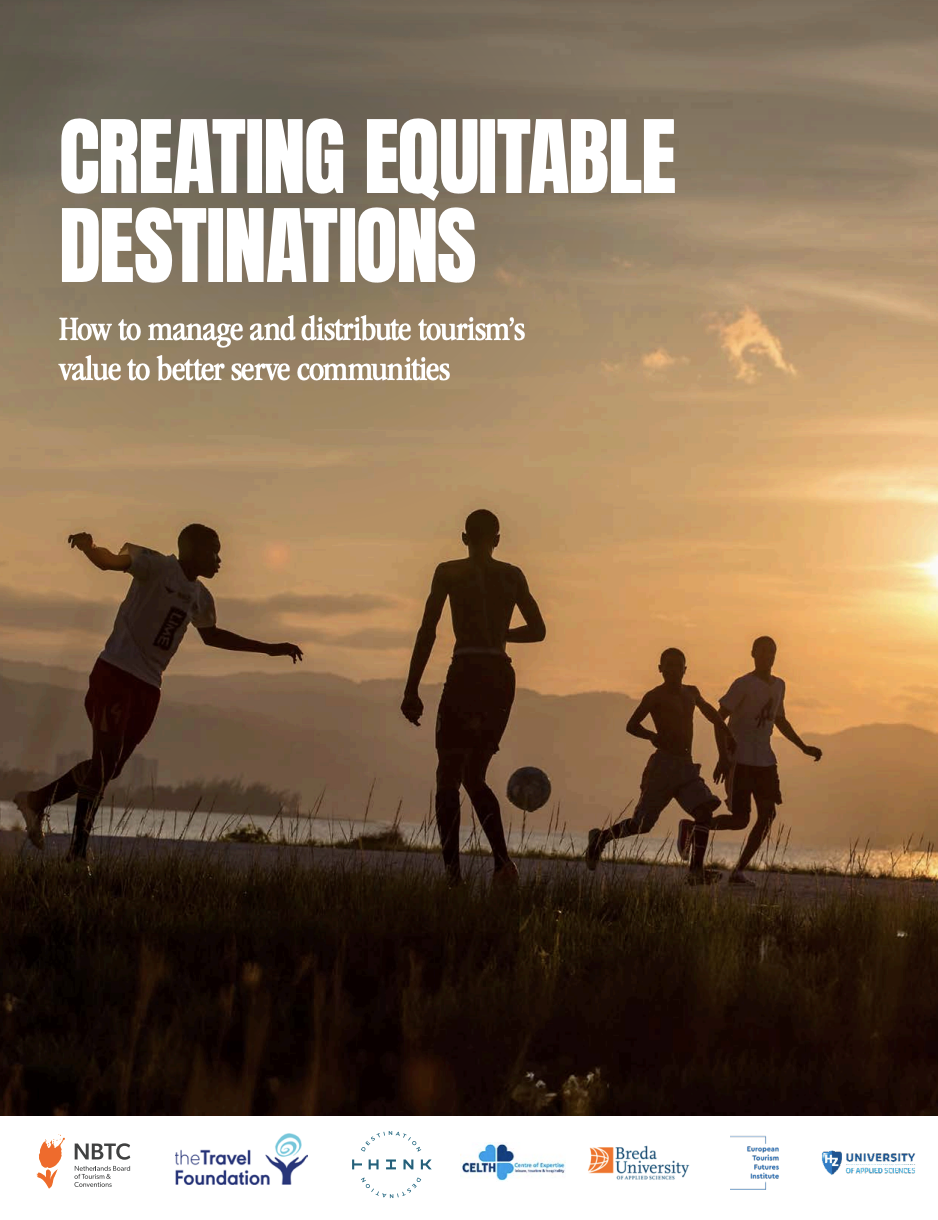
What does an equitable tourism model look like? The Creating Equitable Destinations report from the Travel Foundation explores this question, and offers Destination Management Organizations (DMOs) a framework for creating tourism experiences that are inclusive, accessible, and fair.
OCVA is honored to be highlighted as a case study in this report, recognized for our work advancing accessibility through key initiatives such as Mobi-mat installations, Wheel the World partnerships, and TravelAbility collaboration. These efforts support spatial equity—the fair distribution and use of public spaces and amenities—ensuring that all visitors, regardless of physical ability, can experience the coast’s natural beauty.
As stewards of the People’s Coast, OCVA strives to make the Oregon Coast accessible to everyone. Our iconic coastline is a resource that should be available to all, and our accessibility initiatives reflect our commitment to inclusivity and community enrichment.
Facing challenges such as diverse geography, climate impacts, and rising infrastructure costs, OCVA has developed a range of initiatives aimed at making the coast more accessible to everyone, particularly those with disabilities and other access needs. This multifaceted approach not only improves access but also enriches the overall visitor experience.
To be featured alongside so many global leaders striving for equity in travel is both a recognition of our progress and a reminder of the work still ahead. This report’s findings underscore the need for bold, intentional actions to address structural inequities within tourism. Building a more equitable model is a complex task that depends on localized solutions, partner collaboration, and persistent effort. We have an incredible network of organizations committed to taking on this work for the Oregon Coast, and we look forward to our continued collaboration on all these efforts to keep the People’s Coast accessible for all.
For a deeper look at these initiatives and insights, read the full report here.